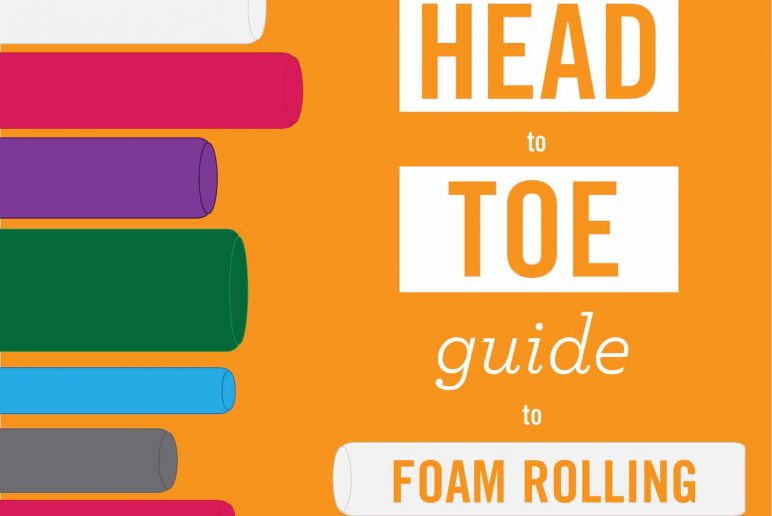
At every physical therapy clinic or gym, there is often a foam roller waiting to be used, however often times, many are confused as to how to use these great exercise tools. Foam rollers are a good way to release tension in an overactive muscle allowing for increased vascularity, flexibility, and improved mobility.
Many people who have foam rolled at one point in their lives have all one common agreement – IT HURTS! Frequently, due to poor posture, muscular imbalances, and overuse, our bodies can form adhesions in muscles and its surrounding connective tissue. The adhesions are commonly known as “muscle knots” and can be a source of muscle pain. Foam rolling is a type of self-massage that helps smoothen out your muscle enabling a more uniformed muscle contraction.
Before foam rolling, here’s a few points to keep in mind.
- Avoid rolling over bony parts
- To avoid excessive pain, roll around the muscle knot before tackling it head on, this will allow you to gradually get use to the pressure
- Don’t spend too much time on one spot. Limit rolling each segment to 10-20 seconds, then move onto another. The last thing you want is to give yourself bruises.
Foam Rolling your Upper Body
Pec Stretch
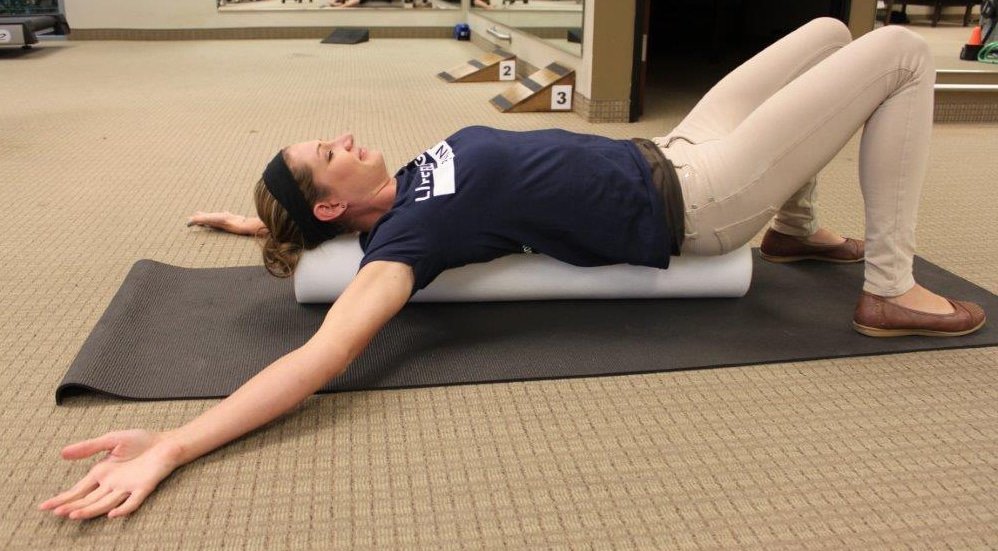
-
- Start with lying with the foam roller against your spine vertically. Your head and neck should be on the foam roller and knees bent with feet flat on the floor.
- Let your arms hang down making a “T” shape with your upper body.
- Hold the stretch for 1 minute, rest and repeat.
Thoracic Spine Soft Tissue Massage
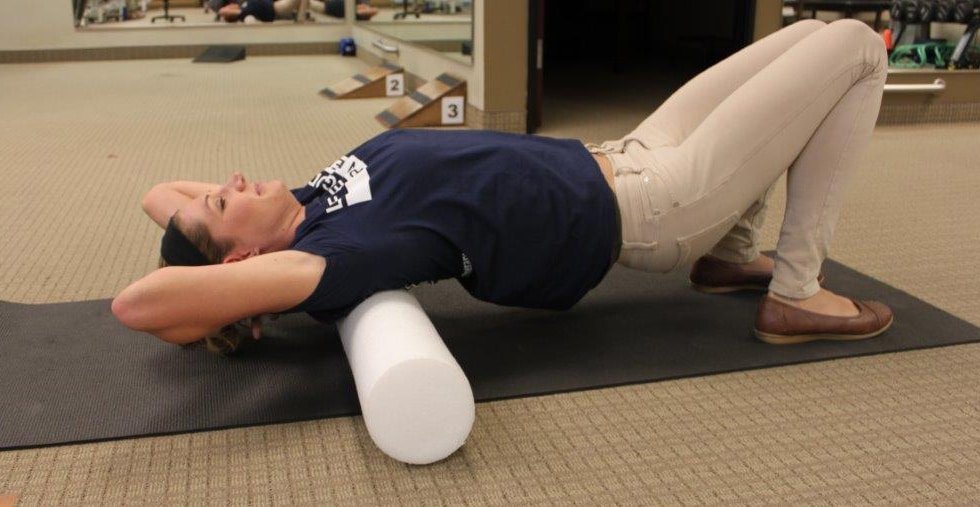
- Lay on your back with the foam roller horizontally underneath your upper back at about the top of your shoulder blades.
- Support your head by clasping your hands behind your head
- Roll back and forth slowly all the way from your upper shoulder blades to your middle to lower back. (avoid rolling your lower back completely)
Latissimus Dorsi (Lats)
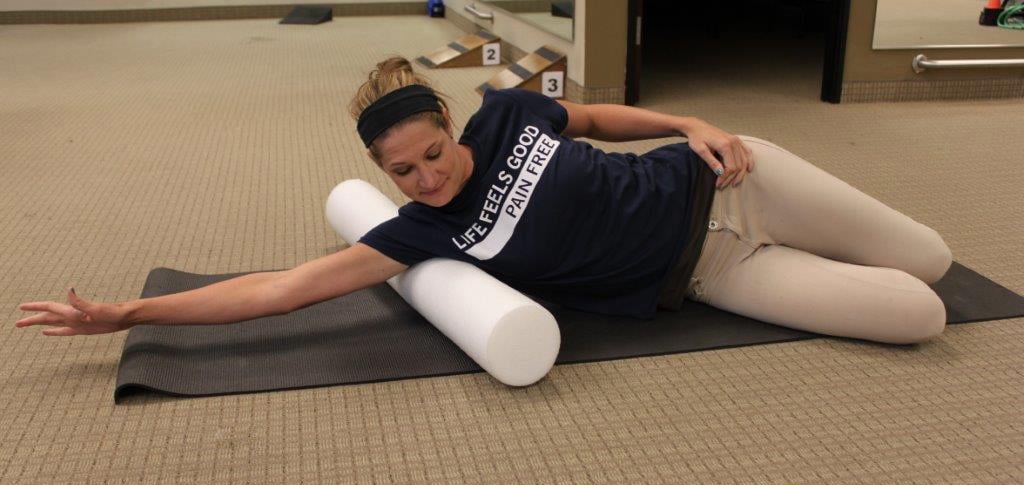
- Position yourself on one side with the foam roller horizontally under the back part of your armpit.
- Use your body to apply pressure to the foam roller
- Roll so the foam roller moves along your upper side from the middle of your upper arm to your middle/upper back.
Foam Rolling your Lower Body
Glutes/Piriformis
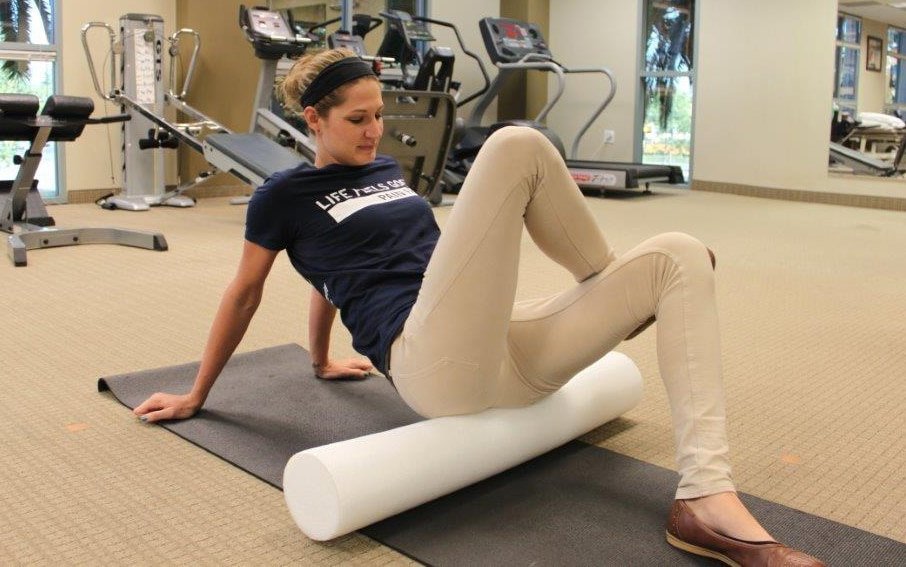
- Position Foam Roll underneath buttocks and begin rolling back and forth.
- Use arms to support body and roll your glutes
- To intensify the stretch, cross one leg over the other
Hamstrings
- Position Foam Roll at the back of your thigh and begin rolling from distal to proximal.
- Use your arm to support body weight
- Begin rolling your hamstrings by using your arms to control the movement.
Quadriceps
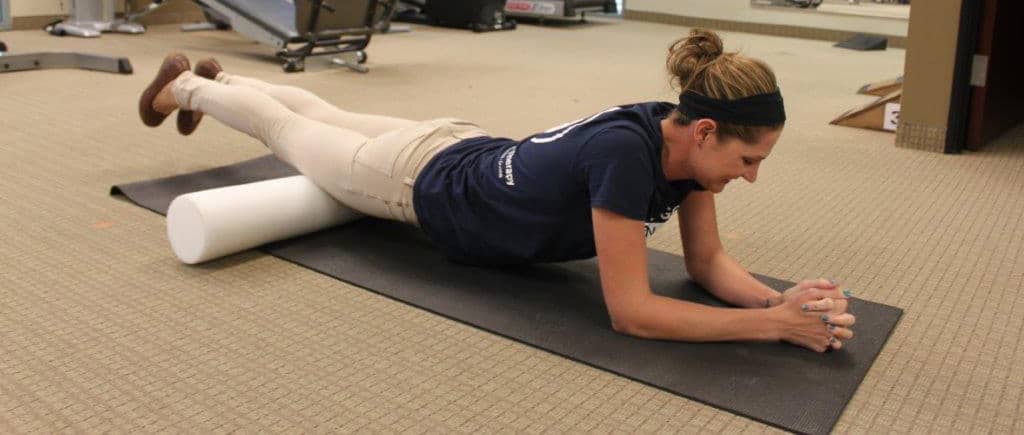
- While laying on your stomach, place the foam roll along the front of your thighs
- Position your forearms beneath your body
- Use your arms to roll back and forth from the top of your knee to the top of your thigh
IT Band
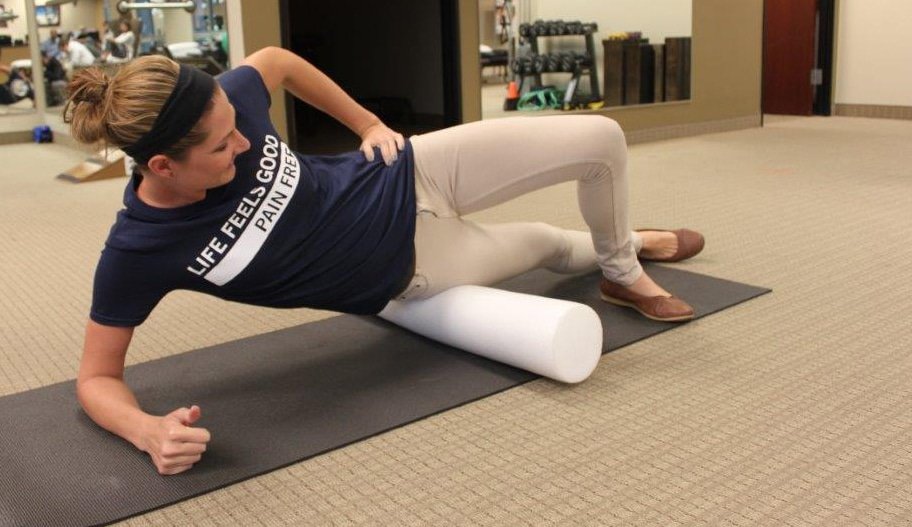
- While laying on your side, position the foam roll along the outer aspect of your thigh
- Cross the top leg over the bottom to help support your body
- Roll from the knee up to just before the hip bone
Calves
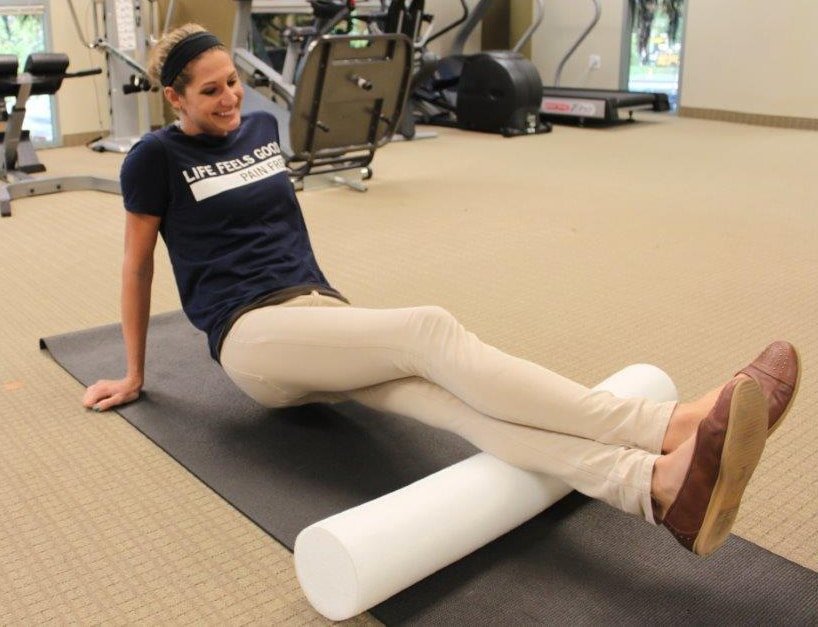
- Position Foam Roll underneath calf and begin rolling from one end to another.
- Locate any tender or tight regions and use sustained pressure over roll.
- Hold for 10 seconds letting body weight sink over foam.
Although you’ll feel sore afterwards, your muscles will thank you later and don’t worry it does get better. After keeping up with stretching and foam rolling routine for a few weeks, you’ll start to notice more flexibility, decreased pain, and improved mobility. Check out more foam rolling exercises on our Life+ TV Page >> HERE! Happy Rolling!
Reader Interactions
Comments
Leave a comment
You must be logged in to post a comment.
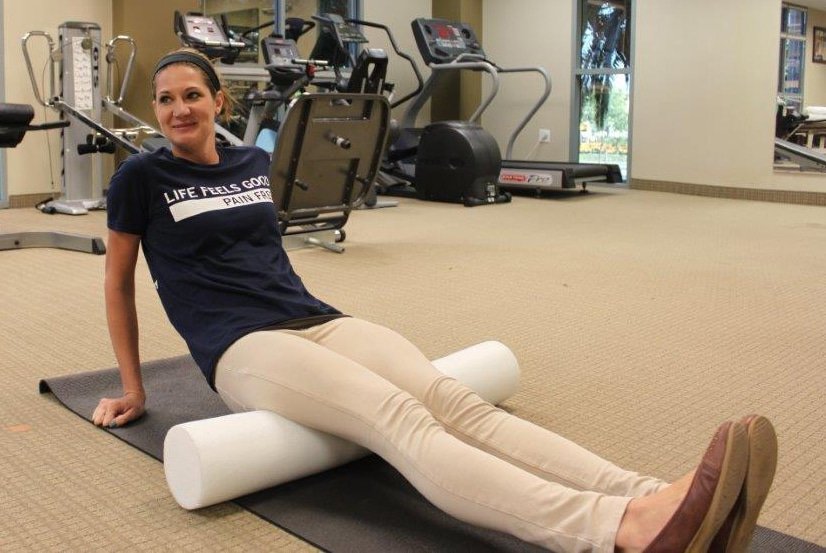
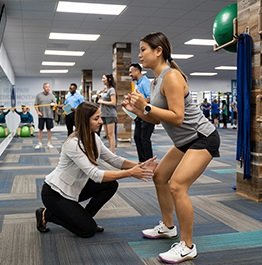

HI! I’ve heard that rolling out your lower back can feel good at the time, but in the long run make it feel not so good. What do you all think?
I think that is the outcome if you do not continue to care for your back. the problem may not be only in your lower back, it could be connected & triggered from another area in your back or body. look into trigger points and apply that knowledge to your rolling.
Low back pain is often complicated issue and many things can cause this pain. Low back pain can be either structural or mechanics in nature or even a combination of the two. The intention to foam your back is good idea as you do want to minimize any restrictions you do have in the muscles of your low back. However, there is little to no protection against your lumbar spine to the foam roll as compared to your thoracic spine which are connected to your ribs. So any pressure that you do put into your lower back is much greater. The foam roll perhaps may be too aggressive as the pressure you’re putting onto your lower back may bee excessive and cause even more aches and pain. I would suggest taking a small ball (tennis or lacrosse) and massaging your lower back and gluteal muscles up against the wall. This will provide the most benefit with the least amount of pressure onto the spine itself.
Daniel is correct in that low back pain may or may not be directly to the spine. Sometimes stretching, self massaging using a ball or foamrolling the muscles attached to your pelvis and hip (hip flexors, hamstrings, gluteals) may provide some relief to your back pain.